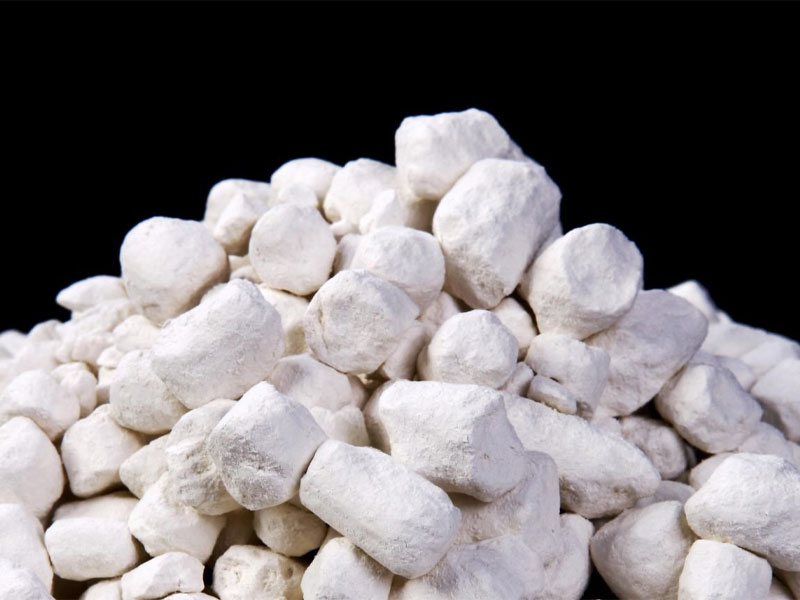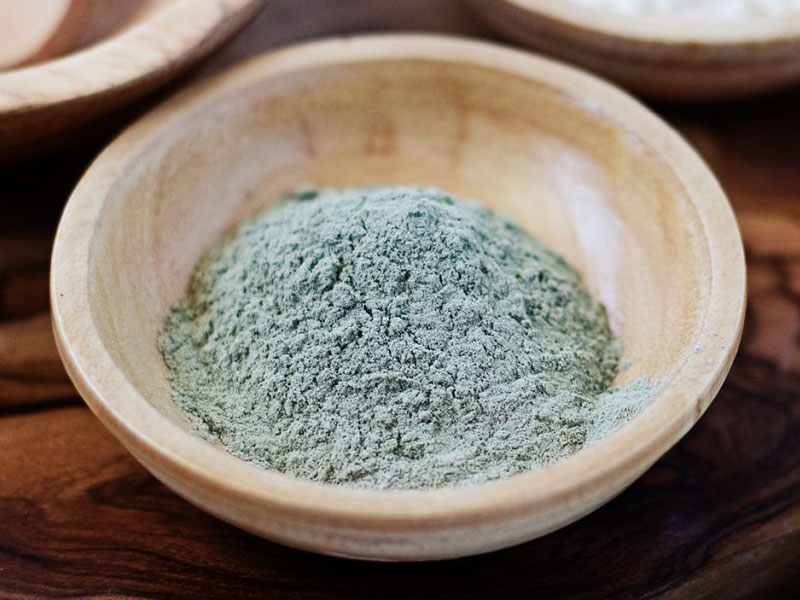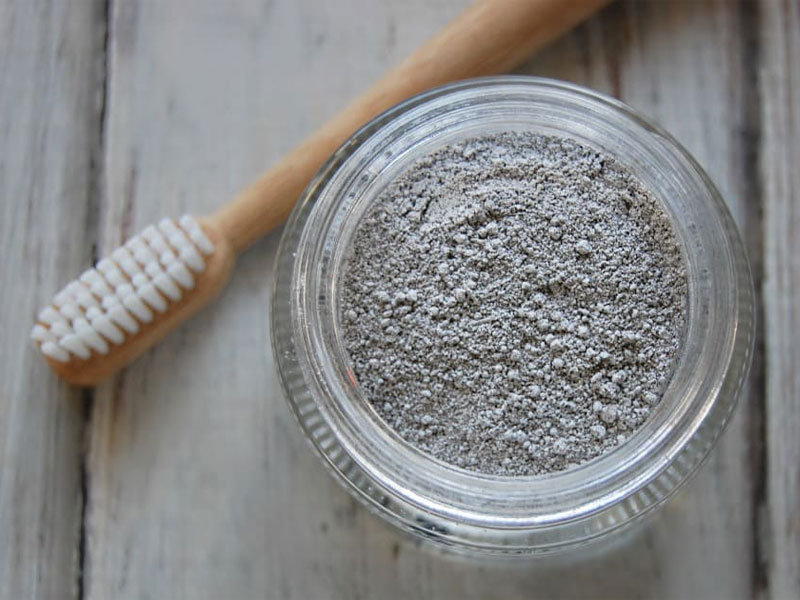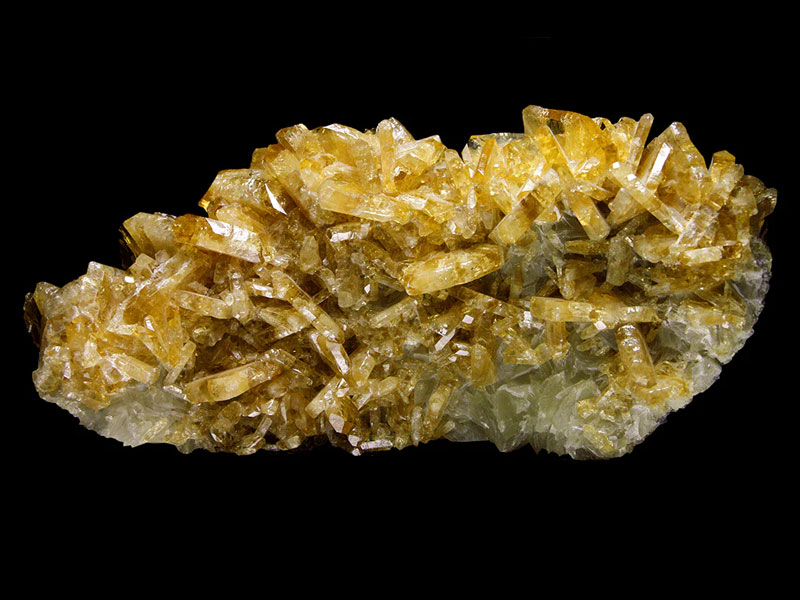Introduction
Brief Overview of Kaolin
Kaolin, derived from the Chinese word “Gaoling,” meaning “High Ridge,” is a white clay mineral extensively used in manufacturing and various industrial applications. Despite its wide range of uses, concerns have emerged regarding potential asbestos contamination in kaolin-containing products.
Concerns About Asbestos in Various Products
Asbestos, a known carcinogen, has been historically linked to severe health issues. The fear of asbestos contamination in consumer products has led to increased scrutiny, with consumers seeking assurance about the safety of everyday items, including those containing kaolin.
Purpose of the Article
This article aims to dispel misconceptions surrounding kaolin and asbestos, providing an in-depth exploration of kaolin’s properties, manufacturing processes, and safety measures. We will also address common questions and concerns to empower consumers with accurate information.
Read More: Salt
Understanding Kaolin
Definition and Origin
Kaolin, also known as China clay, is a naturally occurring clay mineral composed of kaolinite. Its origins can be traced back to the weathering of feldspar minerals, resulting in the formation of this fine, white powder.
Common Uses in Different Industries
Kaolin boasts a myriad of applications, including paper production, ceramics, cosmetics, and pharmaceuticals. Its unique properties make it an indispensable ingredient in various manufacturing processes.
Importance in Manufacturing Processes
The exceptional whiteness, fine particle size, and chemical inertness of kaolin make it a preferred choice in industries requiring precise control over product quality, such as the paper and paint industries.
Asbestos: The Hidden Danger
Brief Explanation of Asbestos
Asbestos refers to a group of naturally occurring minerals with microscopic fibers that can become airborne when disturbed. Once inhaled, these fibers pose significant health risks, including lung diseases and various cancers.
Historical Use in Products
Historically, asbestos found applications in construction, insulation, and various products due to its heat-resistant and durable nature. However, its health hazards became evident, leading to strict regulations and bans in many countries.
Health Risks Associated with Asbestos Exposure
Exposure to asbestos fibers can cause serious health issues, such as asbestosis, lung cancer, and mesothelioma. As a result, there is heightened concern among consumers about the potential presence of asbestos in commonly used products.
Kaolin and Asbestos: Clarifying the Connection
Dispelling Common Myths
Misinformation about kaolin’s association with asbestos has circulated, causing confusion among consumers. It is essential to separate fact from fiction to ensure accurate understanding and informed decision-making.
Historical Cases and Misconceptions
Examining historical cases of asbestos contamination and misconceptions surrounding kaolin can shed light on the origins of concerns. Clarifying these issues is crucial for dispelling fears and promoting confidence in kaolin-containing products.
Scientific Studies on Kaolin Safety
Scientific studies play a pivotal role in evaluating the safety of kaolin. We will explore research findings and industry assessments to provide a comprehensive understanding of the current scientific consensus on kaolin safety.
Kaolin Manufacturing Processes
Examination of Production Methods
Understanding how kaolin is extracted, processed, and refined is integral to assessing its safety. We will delve into the various manufacturing processes, highlighting key steps that ensure the purity of the final product.
Quality Control Measures
Kaolin manufacturers implement stringent quality control measures to guarantee the absence of contaminants, including asbestos. We will explore the industry standards and protocols in place to maintain high product quality.
Regulatory Guidelines for Kaolin
Regulatory bodies play a crucial role in overseeing the production and distribution of kaolin. We will discuss the guidelines and regulations that manufacturers must adhere to, emphasizing the importance of compliance for consumer safety.
Identifying Asbestos in Products
Testing Procedures for Asbestos
Accurate testing methods are essential for identifying asbestos in products. We will explore the procedures employed by manufacturers and regulatory agencies to ensure the safety of kaolin-containing items.
Regulatory Standards for Asbestos Detection
International and national standards govern the detection of asbestos in products. Understanding these standards is vital for both manufacturers and consumers to guarantee the safety of products in the market.
Importance of Product Labeling
Transparent product labeling is a key factor in informing consumers about the contents of a product. We will discuss the significance of clear and accurate labeling, empowering consumers to make informed choices.
The Role of Regulatory Bodies
Oversight of Kaolin and Asbestos in Manufacturing
Regulatory bodies worldwide actively monitor the production of kaolin and its potential contamination with asbestos. We will explore the roles of these bodies in safeguarding consumer health and maintaining industry standards.
International Regulations and Standards
The international community has established regulations and standards to address the safety of products containing kaolin. We will examine these global measures and their impact on the industry.
Ensuring Consumer Safety
Efforts by regulatory bodies are geared toward ensuring the safety of consumers. We will highlight the collaborative initiatives between manufacturers and regulatory agencies to create a safer marketplace.
Read More: Wikipedia
Kaolin Alternatives and Innovations
Emerging Trends in Manufacturing
Innovation is driving changes in manufacturing processes. We will explore emerging trends and technologies that offer alternatives to traditional methods, addressing concerns about potential contaminants in kaolin.
Sustainable Alternatives to Traditional Processes
Sustainability is a growing concern, and the kaolin industry is not exempt. We will discuss sustainable alternatives to traditional manufacturing processes, emphasizing environmental responsibility in product development.
Advancements in Product Safety
Technological advancements play a pivotal role in enhancing product safety. We will explore how advancements in testing methods and quality control contribute to the continuous improvement of kaolin safety.
Kaolin Safety in Daily Life
Consumer Awareness and Education
Empowering consumers with accurate information is crucial for their safety. We will discuss the importance of raising awareness and providing educational resources to help consumers make informed choices.
Safety Precautions in Handling Kaolin-Containing Products
While kaolin is generally safe, certain precautions should be taken when handling products containing this mineral. We will provide practical tips for consumers to ensure safe usage.
Responsible Disposal Practices
Proper disposal of products containing kaolin is essential for environmental protection. We will explore responsible disposal practices and highlight the role of consumers in minimizing environmental impact.
Industry Responses to Asbestos Concerns
Statements from Kaolin Manufacturers
Kaolin manufacturers play a pivotal role in addressing consumer concerns. We will examine statements and commitments from leading manufacturers regarding product safety and quality.
Collaborative Efforts to Address Safety Concerns
The industry’s response to safety concerns involves collaborative efforts. We will explore partnerships and initiatives aimed at addressing potential risks and ensuring continuous improvement in product safety.
Commitment to Transparency and Accountability
Transparency is crucial in building consumer trust. We will discuss the industry’s commitment to transparency, accountability, and ongoing communication with consumers to address any concerns.
Read More: Bentonite
Conclusion
Ultimately, informed decision-making is the cornerstone of consumer safety. By understanding the nuances of kaolin and asbestos, consumers can make choices that align with their values and prioritize their well-being.









